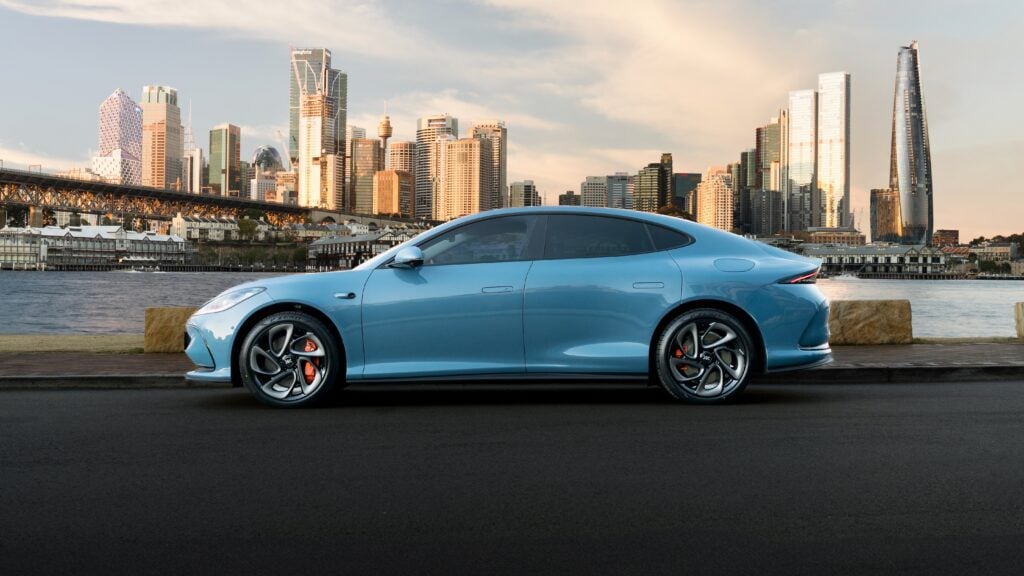
These days, most people would be hard pressed to actually pick which end of their car was doing the driving; that is, making it move forwards or backwards.
Rear-wheel drive was once the default setting for car makers because it was simple and easy and, therefore, cheap to make.
But as interior space became more important and the small car was invented, many manufacturers moved to front-wheel drive as a means of saving space. Nowadays, front-wheel drive (even in big cars) is the norm for those same reasons.
Old timers will tell you that rear-drive is better because it allows the front wheels to concentrate on steering, not driving, the car. But anybody who has driven on ice or snow (or even gravel) will know that front-wheel drive can be a plus, too.
Most high performance cars remain rear-wheel (or all-wheel) drive in the name of traction from a standing start. But pretty much everything else is front-drive and none the worse for it.
The basics of suspension, power delivery, grip and steering have been proven to be far more important than which wheels are driving the car.
And like we said: if the car is well engineered and well set up, nine out of 10 drivers would never pick whether a particular car is being pushed or pulled along.



